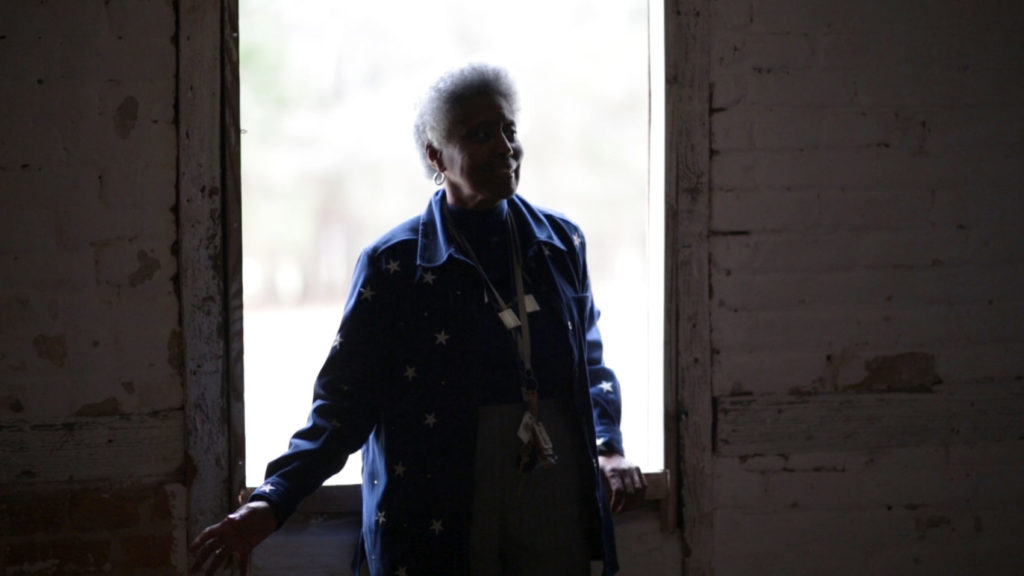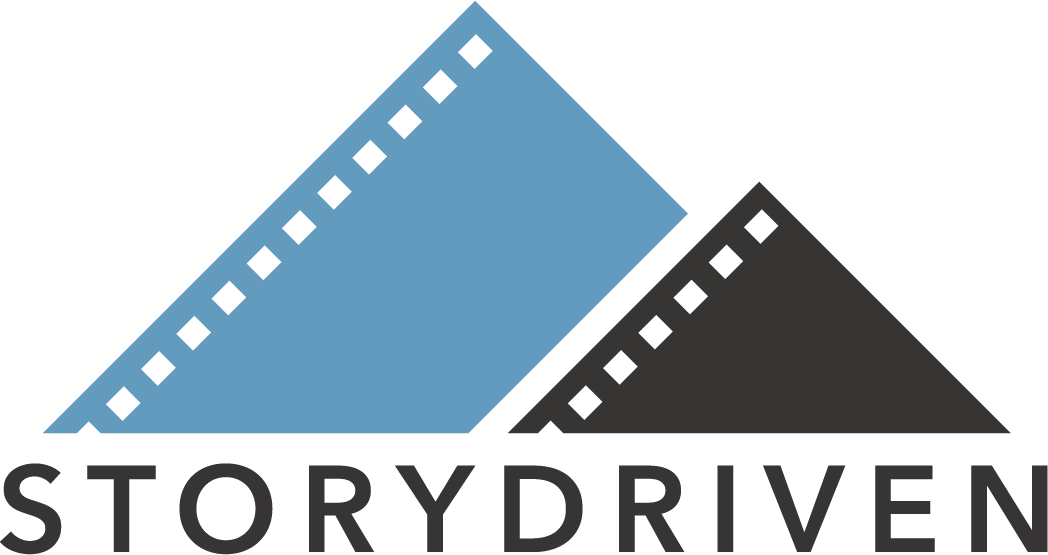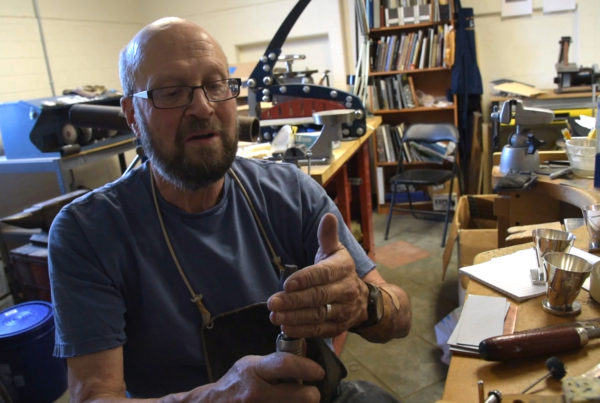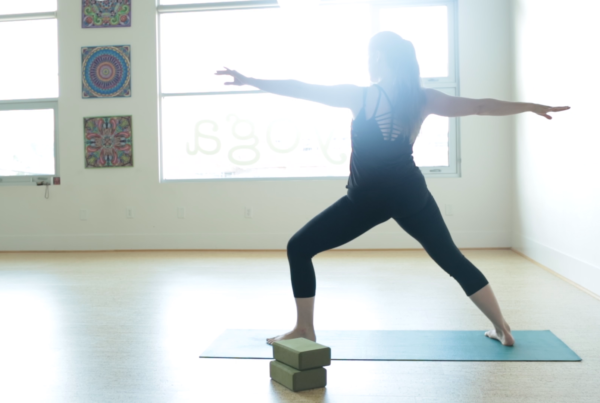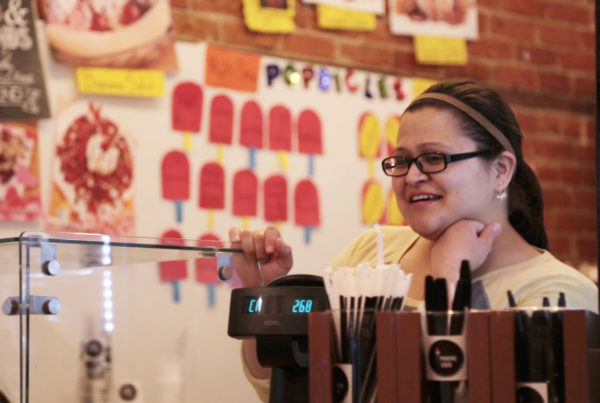“The picture that most people probably get in their minds when you say ‘enslaved person’ is a field worker somewhere being beaten by an overseer,” says Beverly McNeill, president of the Historic Stagville Foundation. “And yet in North Carolina there [was] a fairly large community of very, very skilled artisans that most people probably don’t know anything about.”
Historic Stagville comprises the remnants of the largest plantation in North Carolina. By 1860, over 900 enslaved people worked and lived on the plantation. There was a diversity of talent and craft among the Stagville’s enslaved residents.
“What I love about this place is that you can literally go inside buildings that were built by enslaved men from this plantation and see how incredible they are,” says Beverly. “It gets rid of a lot of preconceptions that were wrong about enslaved people.”

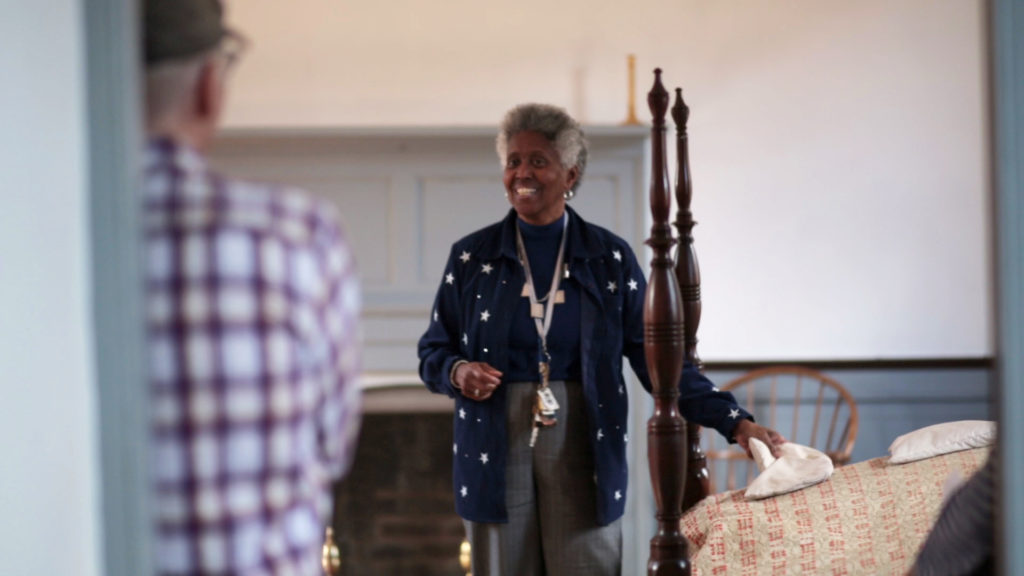
STORY LESSON: CONNECTION BEATS PREPARATION
There are many teetering, unspoken balances at play in every interview.
Forging blind into an interview is risky. Without research, vetting, and a list of questions, you can waste everyone’s time. You hit record, snatch at talking points, and emerge with a jumbled mess. No narrative, no direction, no profundity, no story. Editing will be awful.
But you can tip the scales too far in the other direction. Don’t cross the line from prepared to contrived; this is the realm of PR shills and overproduced reality TV.
After ~130 interviews, I’ve started striking a balance.
The research I did before meeting Beverly McNeill consisted of a brief conversation with one of her colleagues. She told me (more or less) that I should talk to Beverly if I’m interested in the Antebellum period. I also glanced at the Stagville web site. I had a name, place, and the knowledge that Beverly lived and breathed history.
I drove to Historic Stagville without written questions or an agreement with Beverly. Normally, this level of preparation is lazy, bordering on irresponsible. But I came out with a short interview full of golden quotes – an editor’s dream.
How did that happen?
If you’ve ever played poker, you know you don’t play the hand, you play the opponent. In interviews, you don’t play your questions, you play the interviewee.
Beverly is one of the easiest interviews I’ve ever had. She’s passionate, concise, available, and thoughtful. How do I play that interviewee? I ask open-ended questions and nudge when there’s a pause. No interruptions. No heavy hands. Let them drive and enjoy the ride.
My takeaway: Interviewees are collaborators. Play their game with them, and they’ll jump in to play yours. Or: Connection beats preparation.
Do you have a favorite interview that you have conducted or watched?

